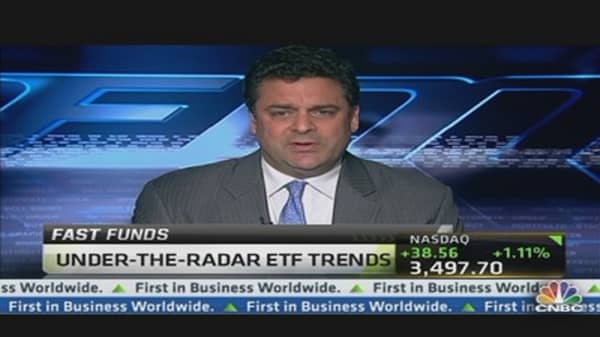You know you're behind the times when even the technology shy-Warren Buffet has a Twitter account before you do.
Mutual fund companies are feeling the heat to get connected and stay connected with clients using social media. They are slowly making the move toward incorporating Facebook, Twitter, and LinkedIn as venues through which they can reach clients and prospective investors.
But as the saying goes: It's not easy to teach an old dog new tricks, or in the case of the mutual fund companies, it's less a stubborn canine than an entrenched financial services industry with trillions in assets under management and little incentive to change without being pushed.
Advisors who sell mutual funds are making the transition more rapidly than many mutual fund companies. At Bank of America Merrill Lynch's Wealth Management division, for example, advisors are anxious to take the social media plunge; they are viewing it as not just a requirement, but critical to future business survival.
"We think it's how investors will find everything," said John Thiel, Head of Merrill Lynch Wealth Management. The firm is currently rolling out a program that will allow all of its 15,000 financial advisors to use LinkedIn to connect with clients and prospective clients, and to provide content. The program works through a proprietary interface that allows BofaML to supervise its advisor activities in line with the regulatory requirements.
Currently, BofaML has a Twitter handle, which has 48,000 followers, and the firm's financial advisors have access to the account, but are not tweeting individually yet. That may soon change. "Our advisors are starting to be afraid of not having a presence out there in social media," Thiel said. "It's a generational thing, but our advisors think it will build their business. We are inching it out and trying to measure it and see its impact," he said. Merrill Lynch Wealth Management hasn't figured out a way to use Facebook as a tool yet, but the firm has posted content from its advisors on YouTube and iTunes.
(Read More: 7 Advisor-Schmoozing Tips Beyond Facebook, Twitter)
Jim MacDonald, president, Workplace Investing at Fidelity Investments, said that social media can be a useful tool for reaching clients, but conceded that the fund industry has been slow to adopt it. "Creating a social media presence is already a key goal of many people in the business world, but fund companies are slower in coming into the game," he said. Even though the big fund companies in the U.S. have large marketing and sales forces catering to the bricks-and-mortar advisor world, they are feeling the pressure to get on the social media bandwagon, and it's not bending to a fad, according to MacDonald, but preparing for a key demographic shift.
Many of Fidelity's clients are of a generation that has not yet tapped into Twitter or Facebook. "As the next generation starts its move to save for retirement and build up investment portfolios, using a Tweet to send key information may be the best way to reach them," MacDonald said.




